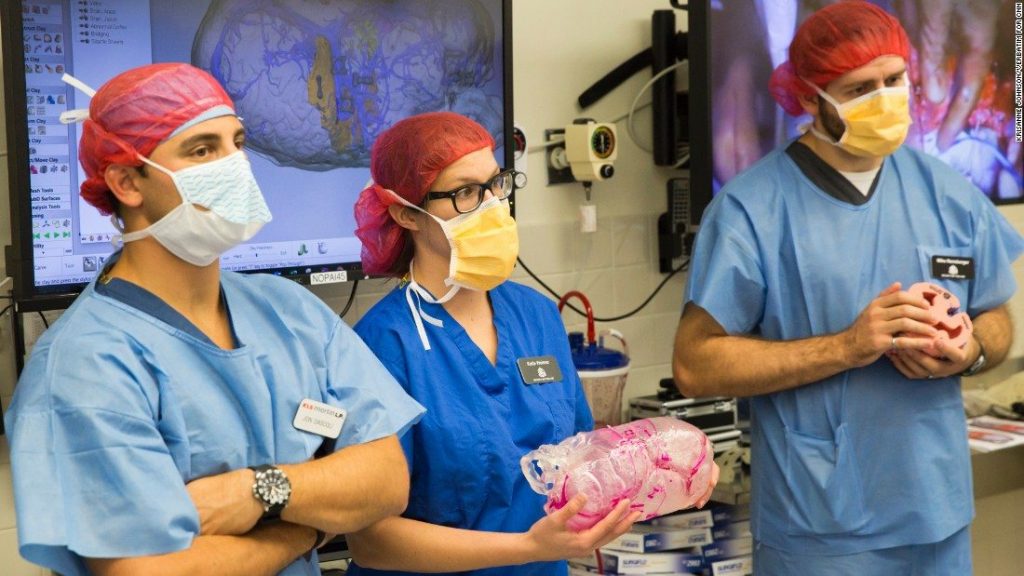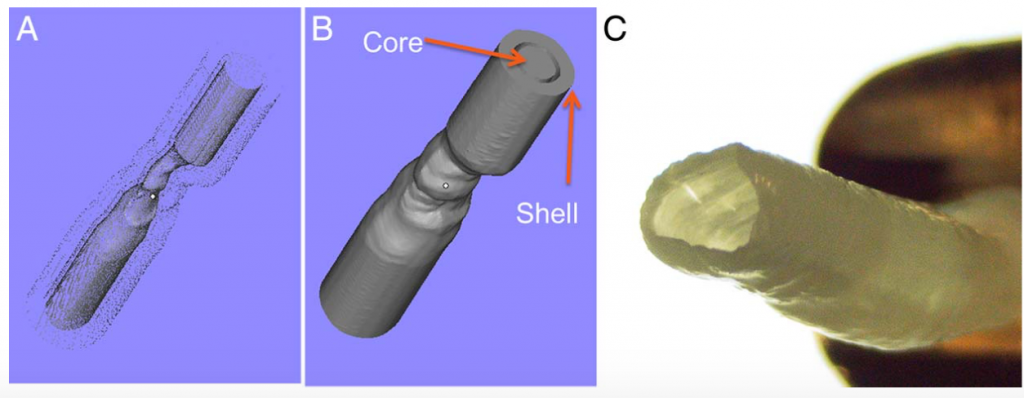As medicine searches for new ways to improve procedures and patient care, 3D printed and modeled organs have become a valued approach to simulate the conditions of the human body. As not every operation can take a “textbook” approach, these models give a greater understanding of the conditions inside a patient, bringing down crucial minutes of operation time and higher success rates.

Standardized models to understand strokes
Research from the Medical University of South Carolina and the University of Massachusetts is using 3D printing to help develop a standard protocol for imaging disease in the brain. The research focuses primarily on intracranial atherosclerotic disease (ICAD), the most common cause for strokes in the world.
The method uses MRI scan data to create a negative mold of ICAD buildup within a brain artery. This mold is then 3D printed and filled with a hydrogel to create a realistic models of a diseased tissue. With this initial phantom model the researchers develop a digital platform to serve as a template for other ICAD cases worldwide.
Ultimately, this would lead to a more reliable pool of case studies in the field, helping doctors better understand the condition and save lives.
A paper supporting this research has been published online in the Journal of NeuroInterventional Surgery, authored by Chueh, Ju-Yu, et al.

3D printing the “Model Human”
At New York’s University of Rochester Medical Center (URMC), teams from urology and neurosurgery departments have collaborated to replicate whole human systems for use in surgical training. Using 3D printed molds, the URMC team cast organ models in dyed hydrogels that mimic the texture and blood found in a real operation.
Using MRI and CT scan data, the researchers are able to create patient specific models of the body and practice a procedure before doing the real thing. Speaking in a video clip from UR Medicine on YouTube Doctor Ahmed Ghazi of the Department of Urology says,
It’s like you’re traveling in the future, doing the procedure, and then going back and saying “oh this is want I’m going to do when I really do the procedure”. I could predict where every vessel was, I could prevent bleeding before it happened, and it was like really predicting what was going to happen in the operating room.

GE move to automate 3D printed organ models
Realizing the potential of physical organ models, multinational corporation GE (NYSE:GE), headquartered in Boston, is searching for a way to automate the way they are 3D printed. A collaboration between GE Additive and GE Healthcare already cuts out the middle molding step of model organs and directly 3D prints them. In an ideal scenario though, the 3D printer would synchronise directly with CT scans as they are taken of the patient.
Speaking in an article on Medgadget Jimmie Beacham, chief engineer for advanced manufacturing at GE Healthcare, says,
Today, when people print organs, it can take anywhere from a week to three weeks to manipulate the data. We want to do it with a click of a button.

To stay up to date on progress for 3D printing in surgical simulation and other related news sign up to the 3D Printing Industry newsletter, and follow our active social media sites.
Don’t forget to vote in the first annual 3D Printing Industry Awards.
Tickets for the 3D Printing Industry Awards are also now available here.
Featured image shows a 3D printed liver model. Photo by GE Healthcare


